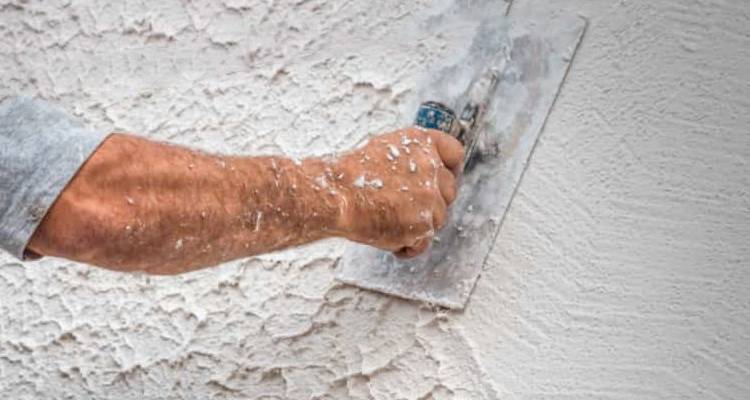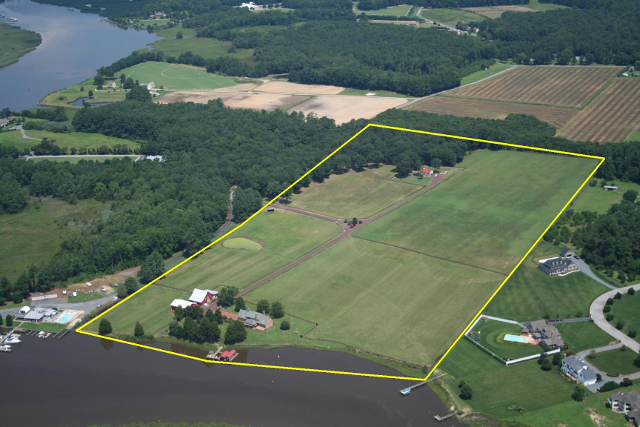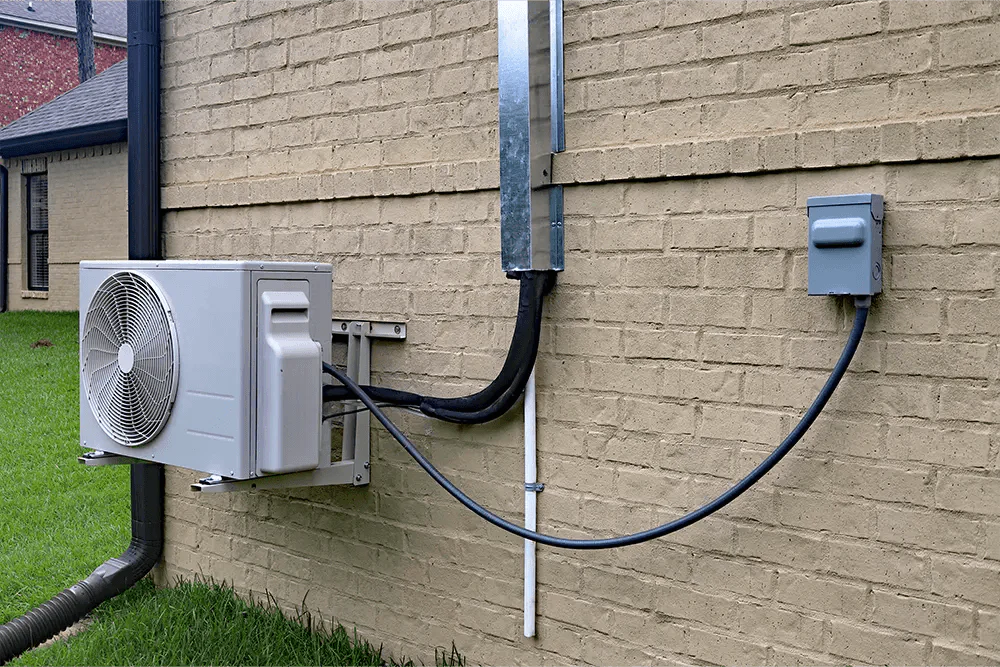Introduction
Cement rendering is a popular technique used to enhance the appearance and protect the exterior of buildings. While it’s durable and long-lasting, over time, wear and tear can take their toll. Knowing when your cement render needs repairs is crucial for maintaining both the aesthetic appeal and structural integrity of your property.
Signs Your Cement Render Needs Repairs
Visible Cracks and Chips
One of the most obvious signs that your cement render needs repairs is the presence of visible cracks and chips. Cracks can appear due to natural settling of the building, temperature fluctuations, or impact damage. These imperfections not only detract from the appearance of your home but can also allow moisture to penetrate the render, leading to further damage.
Discoloration or Staining
Discoloration or staining on your rendered walls can indicate underlying issues such as moisture ingress or mold growth. These stains are often a sign that water is seeping through cracks or gaps in the render, which can compromise the integrity of the building’s structure if not addressed promptly.
Damp Patches on Interior Walls
If you notice damp patches on the interior walls of your home, this could be a sign that your exterior render is compromised. Moisture can penetrate through damaged render, leading to dampness and potential mold growth inside your home. This not only affects the indoor air quality but can also cause structural damage over time.
Loose or Falling Render
Render that is becoming detached from the wall or falling off entirely is a clear indication that repairs are needed. Loose render can result from poor initial application, water damage, or simply the age of the render. It’s essential to address this issue quickly to prevent more extensive damage.
Bulging or Bubbling Render
Bulging or bubbling areas on your rendered walls indicate that moisture has become trapped behind the render. This can occur due to poor application or water ingress and needs to be addressed promptly to prevent the render from detaching completely.
Causes of Render Damage
Natural Settling and Structural Movement
Over time, all buildings experience some degree of settling and structural movement. This natural process can cause cracks and other forms of damage to the cement render, particularly around windows, doors, and corners.
Weather Conditions
Extreme weather conditions, including temperature fluctuations, heavy rain, and strong winds, can take a toll on cement render. These elements can cause the render to expand and contract, leading to cracks and other damage.
Improper Application
If the render was not applied correctly in the first place, it is more likely to develop issues over time. Using substandard materials or failing to prepare the surface properly can result in a weak bond between the render and the wall, making it more susceptible to damage.
Assessing the Severity of Damage
Minor vs. Major Damage
Differentiating between minor and major damage is essential for determining the appropriate course of action. Minor issues, such as small cracks or chips, can often be repaired with a bit of DIY effort. However, larger cracks, extensive staining, or areas of loose render typically require professional attention.
When to Call a Professional
If you’re unsure about the severity of the damage or how to repair it, it’s best to consult a professional. Experienced renderers can assess the condition of your walls and recommend the best course of action to ensure a durable and aesthetically pleasing repair.
Preventative Measures
Regular inspection and maintenance are key to prolonging the life of your cement render. Conduct visual inspections of your rendered walls at least twice a year, and after any severe weather events, to spot any early signs of damage. Addressing minor issues promptly can prevent them from escalating into more significant problems. For expert advice and professional services, consider contacting specialists like Zaks Render for cement rendering repairs to ensure your property remains in top condition.
Conclusion
Keeping an eye out for signs of damage to your cement render is essential for maintaining your property’s appearance and structural integrity. By addressing issues promptly and taking preventative measures, you can ensure that your render continues to protect and beautify your home for years to come.
Keep an eye for more news & updates on EssentialTribune.Com!








